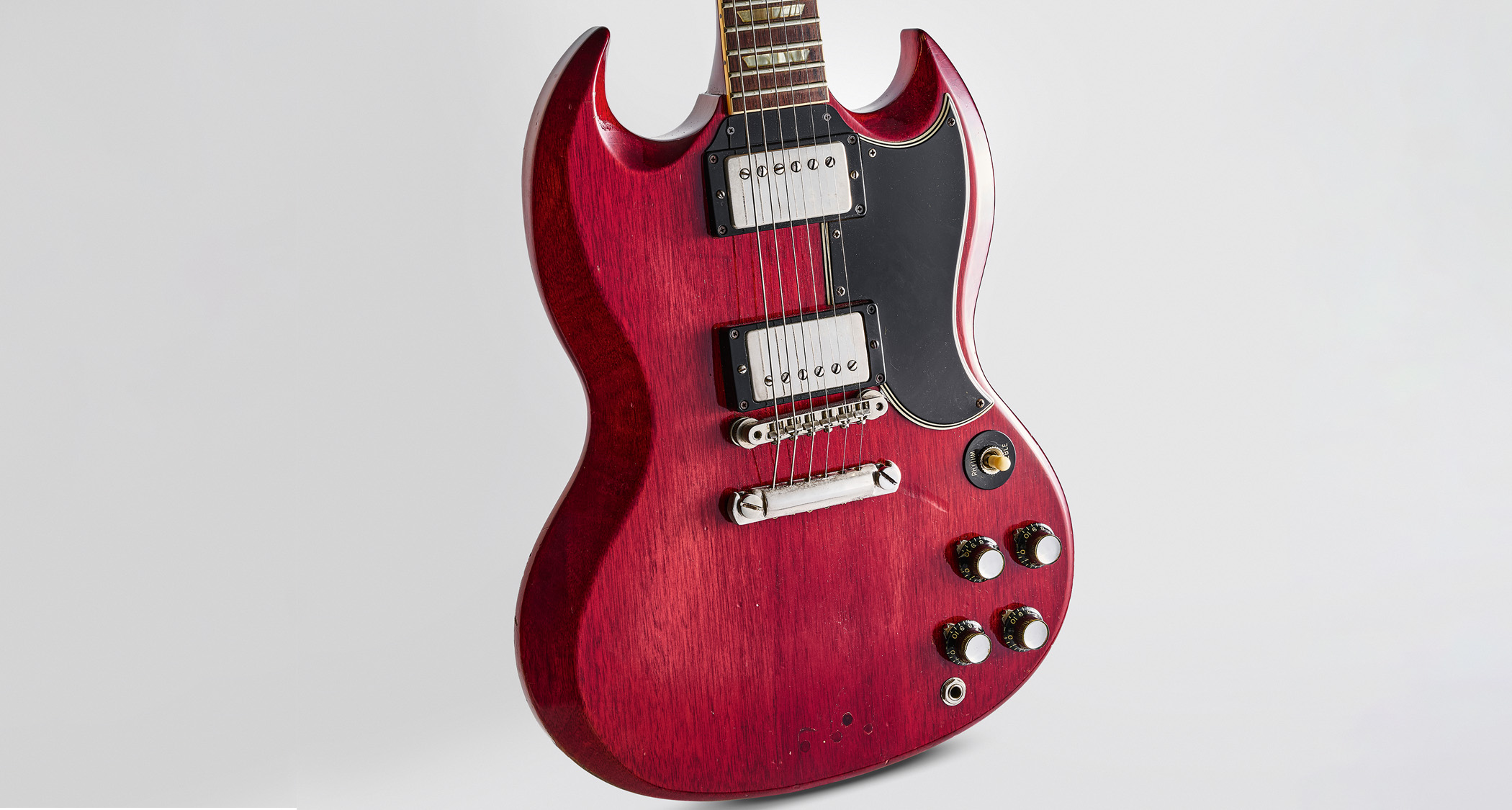How torrefied wood affects acoustic guitars: demystifying the process that is said to give new instruments vintage tones from the get-go
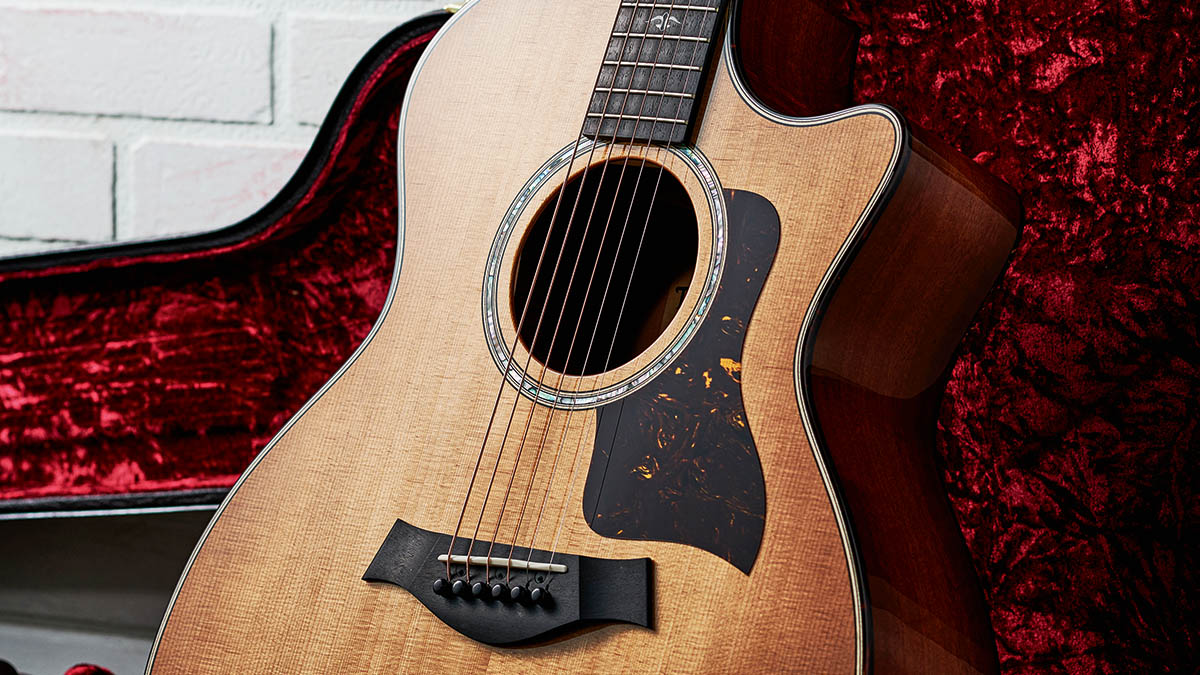
Is the tone really in the wood, and do old guitars really sound better because the wood has dried out? The answers are yes and no. Contrary to popular belief, the seasoned wood used for guitar building doesn’t actually continue to dry out in the sense that all the moisture evaporates off. Even after kiln drying, the water content does vary to some extent, and it tends to fluctuate with atmospheric conditions.
Few would dispute that vintage and modern acoustic guitars tend to sound different. Different doesn’t necessarily mean better, but for some players ‘vintage’ equates to tonal nirvana. Is there a way to build ‘vintage’ tone into brand-new guitars? Advocates of roasting or torrefying wood believe there is, and the science may back them up.
Setting electric guitars off to one side for the moment, if you compare a pre-war Martin with a newly built replica – or even 10-year-old replica – there will be noticeable differences in sonic character. If it can be established that the woods, bracing pattern, glues and strings are all identical, it’s reasonable to conclude that these perceived differences must be attributable to changes that have occurred to the wood in the intervening decades.
Typically, air or kiln drying reduces water content in the wood, and the goal is to ensure that any potential for shrinking or warping in the future is eliminated during the process. However, this does not remove the timber’s volatile elements that supposedly dampen resonance and slow down the wood’s transient response.
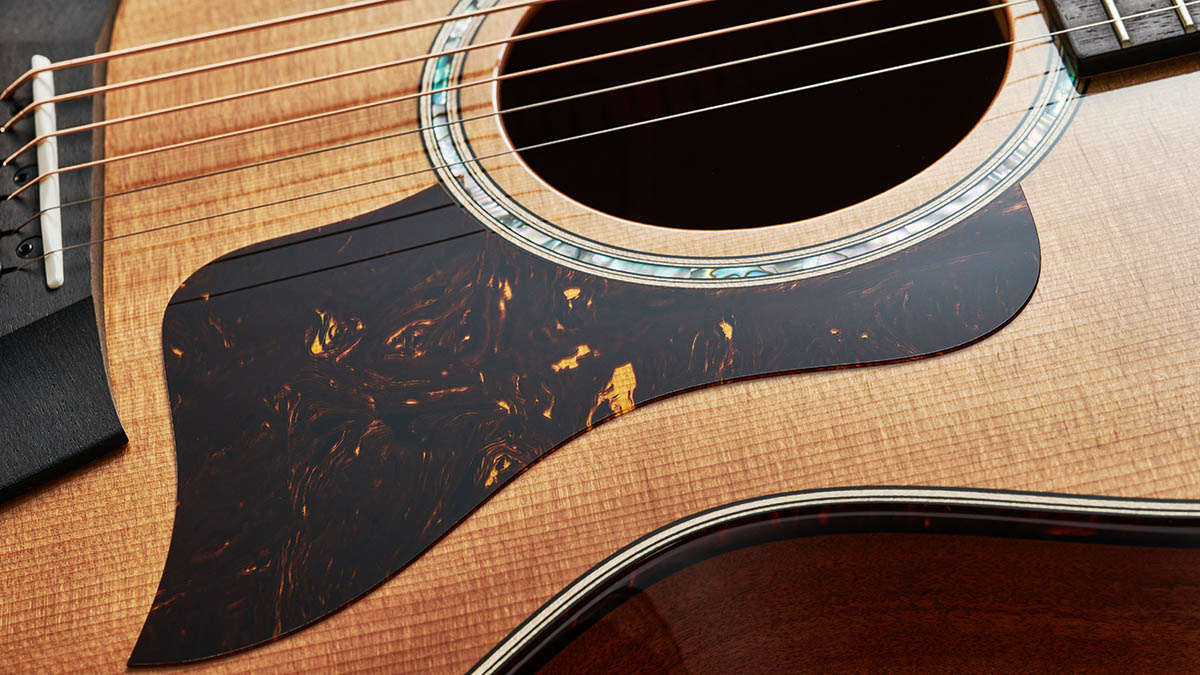
In an interview with Reverb, Maine-based luthier Dana Bourgeois (who featured in our previous issue with the new Touchstone series) explains that freshly cut wood is mostly cellulose bound together with lignin and volatile elements including “pitches, sugars, oils, and… considerable water content.” These are the volatiles that eventually vacate the wood as they oxidise and mineralise.
It’s a slow chemical reaction that emits gas and leaves a mineral residue. The lignin also hardens to bind the cellulose together like glue. The end result would seem to be a win-win for acoustic guitar tone because timber that is lighter and stiffer can respond more quickly than unaged timber. This is great news if you’re young and patient enough to wait several decades for your guitar to reach its peak, or rich enough to buy vintage guitars. For everyone else, there may be an ‘oven ready’ solution.
Log Roast
Variously called torrefaction, roasting, tempering, caramelisation and retification, the process involves the carefully controlled thermal decomposition of the wood at a temperature between 200 and 300 degrees Celsius. The technical term is pyrolysis, which loosely translates as ‘separating by heat’.
All the latest guitar news, interviews, lessons, reviews, deals and more, direct to your inbox!
Torrefaction is properly carried out in an oxygen-free environment, which prohibits burning, and it cooks off the volatiles that Bourgeois mentions to alter the cellular structure of wood. This results in the same changes that would normally occur over decades, and under a microscope, torrefied and naturally aged timber appear almost indistinguishable.
Although the widespread adoption of torrefied tonewoods is a relatively recent development in guitar making, the process probably goes back millennia. The Vikings were known to treat timber in this way for shipbuilding because it becomes more stable and moisture resistant, or hydrophobic.
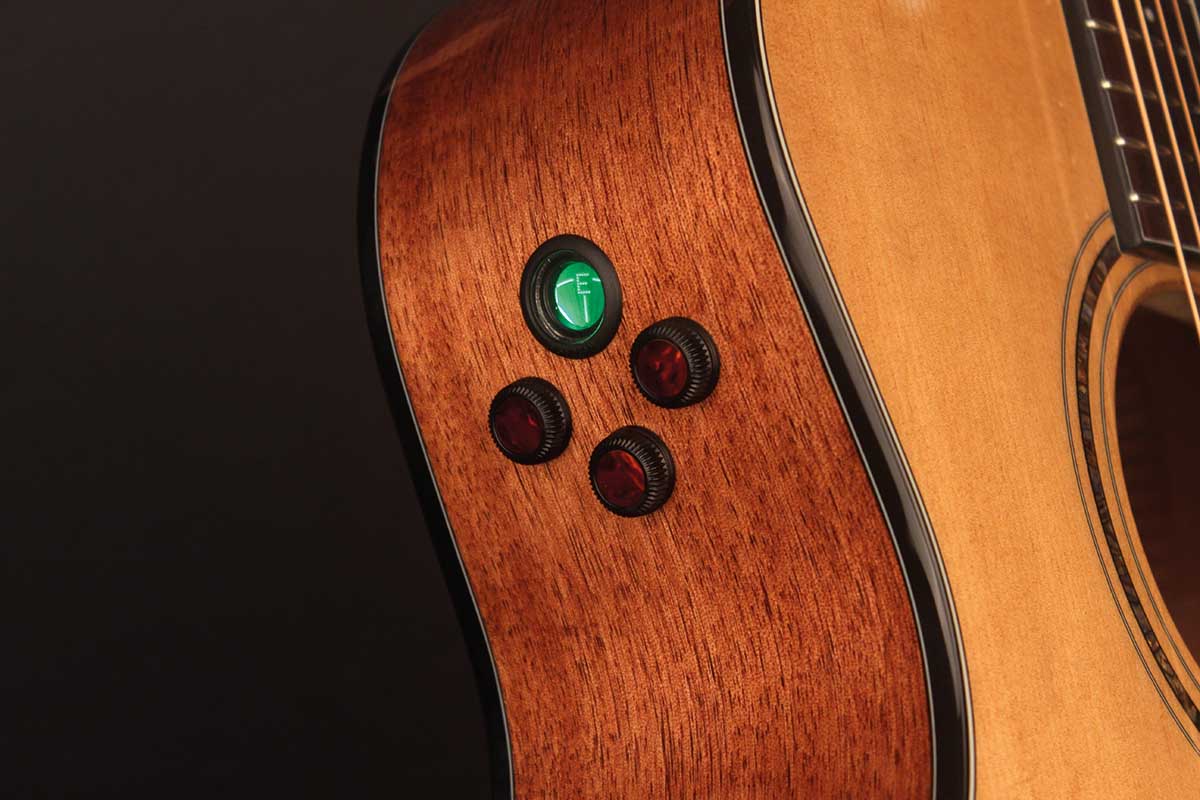
Taken to the limit, torrefying wood turns it into charcoal, which almost certainly pre-dates the Vikings. When burned, charcoal generates more heat than an equivalent-sized piece of untreated wood, and its ability to resist moisture makes it far easier to store.
Wood with this property is described as ‘non-hygroscopic’ and because it no longer absorbs or releases moisture, it’s less susceptible to atmospheric conditions. As such, it is far less likely to split or crack, which is advantageous from a guitar-building perspective.
The process also changes the wood’s colour, which occurs due to chemical reactions between the wood’s proteins and natural sugars, and the colour change permeates all through the timber. Roasted maple can range from soft amber to a deep reddish brown that is closer to cherry or even walnut.
During the CITES rosewood ban, Gibson actually started using torrefied maple as a substitute for rosewood fretboards. You can observe similar colour changes with spruce, which can result in a very convincing vintage look under suitable lacquer.
Strong & Stable
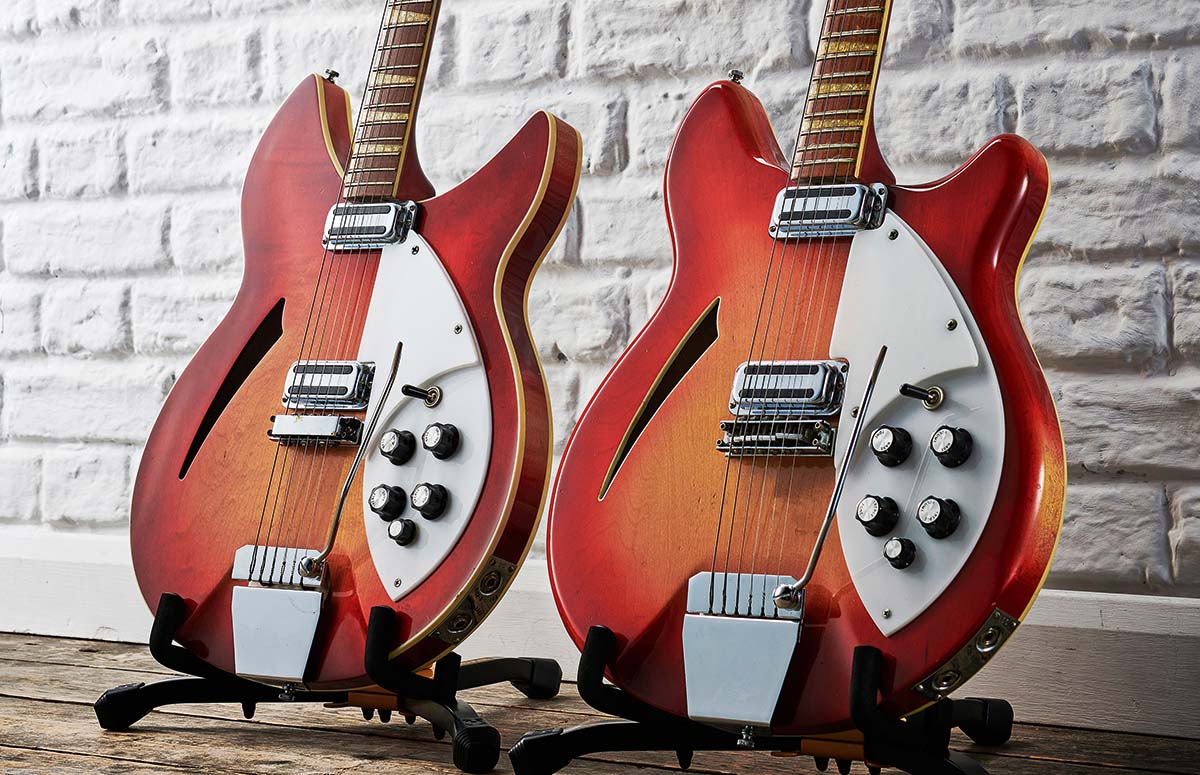
Torrefied wood is also said to have the stiffness and tap tone response of decades-old wood, so it sounds more ‘vintage’. Even so, it took a surprisingly long time before guitar manufacturers made the connection between timber treatment and tone. Rickenbacker has been using torrefied wood for decades – but for stability, rather than sound quality.
The dark stripes in Rickenbacker’s laminated necks are actually torrefied maple. Some skepticism remains about the tonal benefits of roasted wood, but nobody seems to question its advantages as a building material.
The moisture-resisting properties that the Vikings found so useful come about because torrefaction changes the wood’s cell structure from open to closed. This prevents the wood from rehydrating, so the water content of torrefied wood remains fairly constant irrespective of atmospheric conditions.
The likes of Martin, Taylor, Gibson, Atkin and Collings wouldn’t be using the stuff if there wasn’t a demand for it and they didn’t think it offered something different
In contrast, the normal seasoning process dries wood out to the point where water content in the wood and the surrounding atmosphere more or less balance out. This is known as ‘the equilibrium moisture content’ and since the wood retains its open cell structure, it remains hygroscopic and will continue to release and absorb moisture as atmospheric conditions change for many decades.
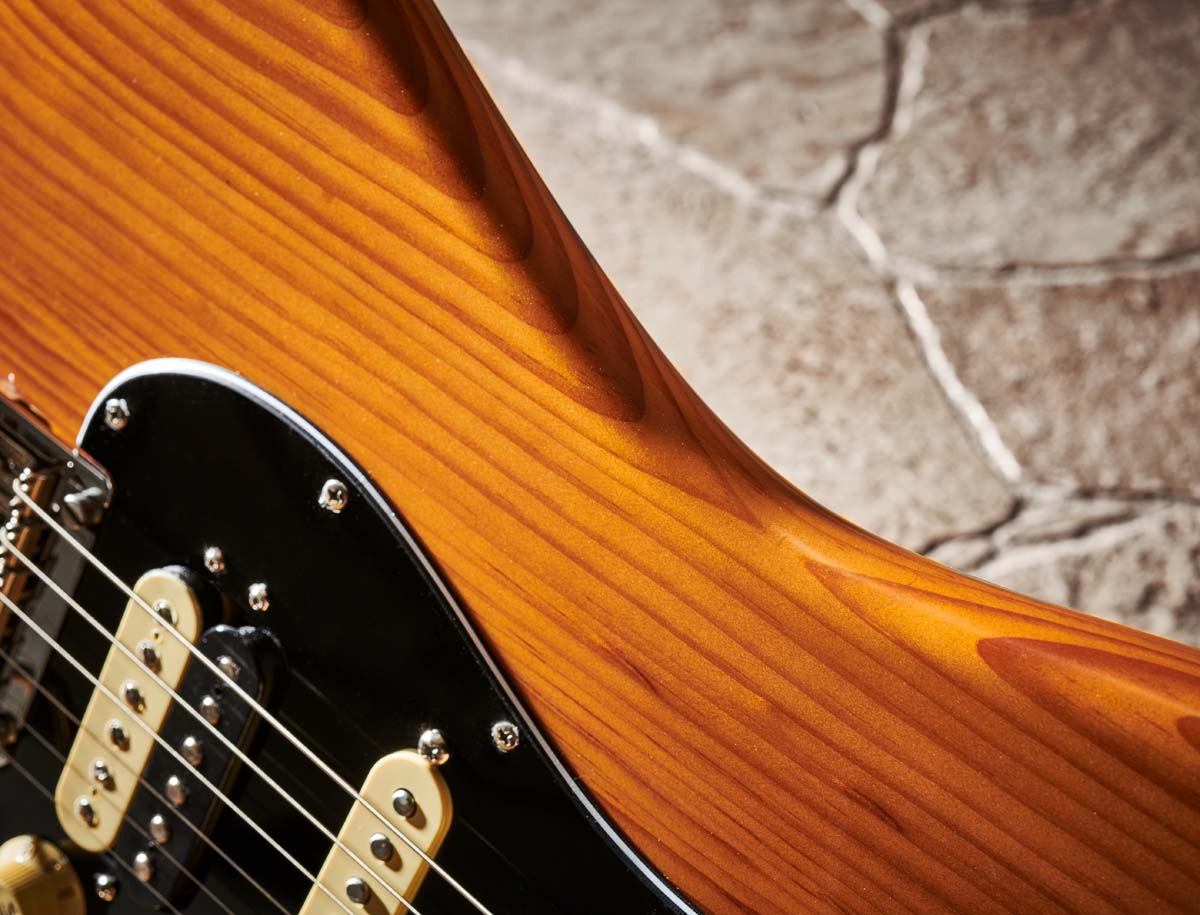
Absorbing moisture is slightly less concerning than releasing it because as wood dries out, it tends to shrink. Wood glue creates a bond that’s stronger than wood fibres and, within sensible margins, it’s not unduly affected by changes in atmospheric conditions. So, when wood gets too dry, something has to give, and it isn’t the glue. That’s when wood cracks and splits occur.
Careful owners often prefer to store non‑laminated acoustic guitars in a case with a humidifier to keep them hydrated and prevent cracks occurring. A well-hydrated acoustic may not ‘age’ in the usual way, but many prefer a more modern tone, and by maintaining a consistent level of hydration, a guitar’s tonal qualities should remain consistent, too.
Even the finest vintage acoustics are likely to have developed a few cracks and splits over the decades, but eventually things stabilise as the wood ages to become hydrophobic. The great advantage of building with torrefied timber is that the wood has already reached that point before it is fashioned into a guitar.
As a result, the guitar will be more durable, far less likely to crack and, like the hydrated guitar, more consistent in tone. Manufacturers will have far fewer warranty repairs, and owners don’t have to pack their guitars away in the cases when they’re not in use. But perhaps the most exciting aspect is the promise of vintage tone from the get-go.
On Toast
Some cynicism lingers on, but the consensus appears to be shifting towards an acceptance that roasting wood does make an audible difference. In recent years, it has gone from being an exotic option offered by a handful of specialist luthiers to an established feature for most major manufacturers.
The likes of Martin, Taylor, Gibson, Atkin and Collings wouldn’t be using the stuff if there wasn’t a demand for it and they didn’t think it offered something different.
Everybody talks about the sound quality, but in our experience the roasted effect is also about dynamics. Torrefied tops and braces often equate to a quicker and freer feel that responds equally well to a strong strumming arm and a more delicate touch. You may also notice sweeter treble, a more open midrange and a lack of harmonic clutter in these instruments.
Clearly, acoustic guitar building is the most obvious application because the wood is all important, but interest in roasted tonewood has long since moved into the realm of electric guitars.
Besides split-prone spruce, the component with the greatest requirement for stability is the neck. Pioneered by the likes of Music Man and Tom Anderson, roasted maple necks are now standard on many production guitars and are widely available as aftermarket items.
Having assembled several guitars with roasted maple necks, this writer can report that the tap tone is the most striking difference. Compared with non-roasted maple necks, the toasted types tend to ring with a purer note that sustains longer. And it’s not a subtle thing. Roasted ash, pine and alder bodies and body blanks are also being sold, which is an intriguing proposition for partscaster builders.
Oven Ready
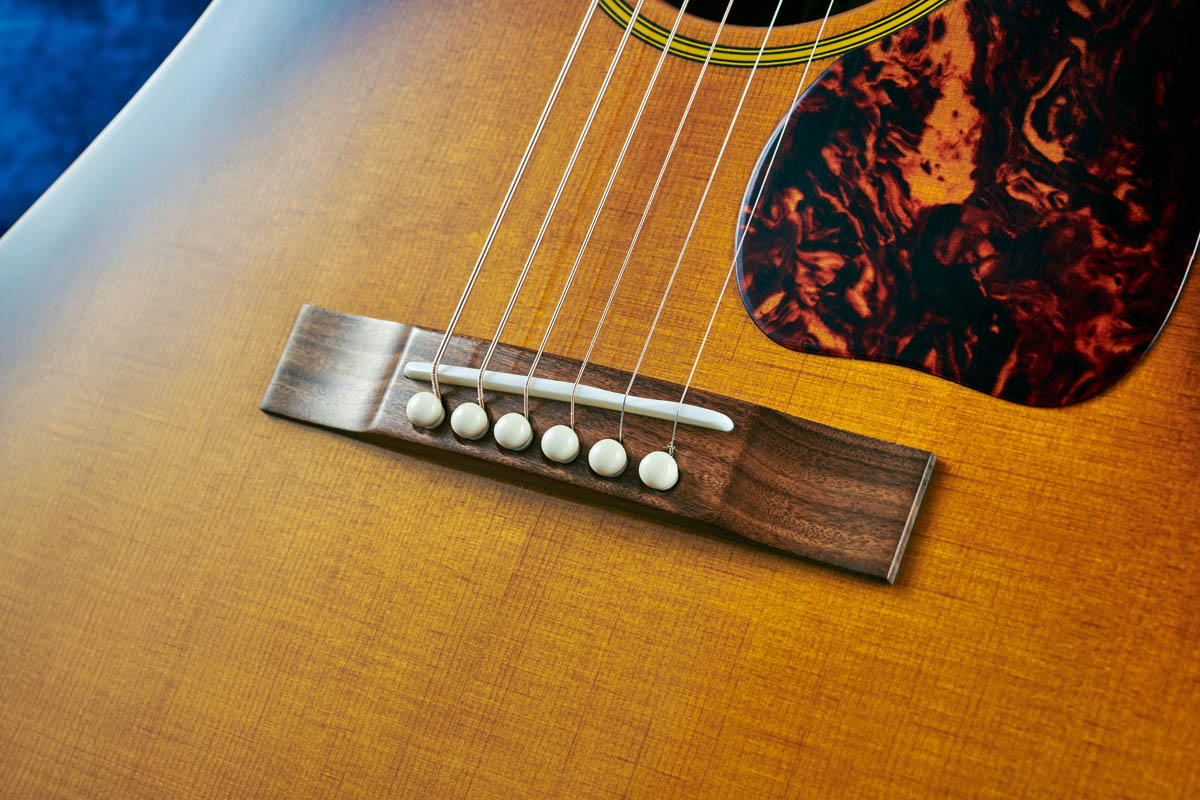
But before you set your oven to gas mark 6 and reach for the baking tray, we need to point out that torrefying wood isn’t really a DIY endeavour. The key thing is to create an oxygen-free environment to prevent the wood from catching fire. Some methods involve filling the oven or kiln with nitrogen or steam, but specialist equipment is required to do so.
Also, the ideal temperature and duration will vary from species to species, so by roasting your own you could end up ruining some expensive timber before you get the hang of it.
Some have reported successful outcomes using kitchen ovens, but if you want to build your own guitar from roasted wood, it’s safer to buy torrefied neck and body blanks. Acoustic kit suppliers such as StewMac even offer torrefied tops and braces. And if you still think this all sounds like the latest craze or marketing BS, go and try a torrefied guitar for yourself and let your ears be the judge.
Huw started out in recording studios, working as a sound engineer and producer for David Bowie, Primal Scream, Ian Dury, Fad Gadget, My Bloody Valentine, Cardinal Black and many others. His book, Recording Guitar & Bass, was published in 2002 and a freelance career in journalism soon followed. He has written reviews, interviews, workshop and technical articles for Guitarist, Guitar Magazine, Guitar Player, Acoustic Magazine, Guitar Buyer and Music Tech. He has also contributed to several books, including The Tube Amp Book by Aspen Pittman. Huw builds and maintains guitars and amplifiers for clients, and specializes in vintage restoration. He provides consultancy services for equipment manufacturers and can, occasionally, be lured back into the studio.



